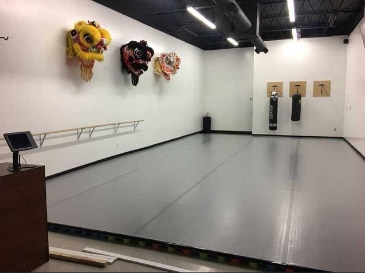Investigating the Advantages and Drawbacks of Timber and Vinyl Performance Floor Components for Ideal Performance and Visual Appeal
Investigating the Advantages and Drawbacks of Timber and Vinyl Performance Floor Components for Ideal Performance and Visual Appeal
Blog Article
When it pertains to selecting the appropriate dance floor material, wood and synthetic are two common choices that performers and dance studio proprietors often consider. Each material has its own distinct advantages and disadvantages that can influence performance, safety, and visual appeal. Understanding these variations is essential for making an educated choice that meets the requirements of performers and improves the overall experience in a dance studio or performance space.
Timber dancing floors are often favored for their classic look and texture. They offer a natural area that can take in impact, which is beneficial for dancers who execute high-impact actions. The elasticity of wood helps minimize the chance of harm, such as twists and stresses, by providing a supportive area. Additionally, timber surfaces can be restored, enabling them to maintain their look over the years. This durability makes them a long-term investment for dancing studios. However, timber surfaces can be more expensive to set up and upkeep compared to vinyl options, and they may need consistent maintenance to prevent bending or harm from moisture.
Conversely, synthetic dancing floors offer a variety of advantages that make them attractive to many dance studios. One of the main advantages of synthetic is its affordability. Vinyl flooring is generally less expensive to purchase and set up than timber, making it a cost-effective choice for studios. Furthermore, vinyl is available in a wide range of colors and patterns, allowing for greater customization to match the style of the area. Synthetic surfaces are also easier to clean and care for, as dance floor rental for themed weddings they are impervious to marks and moisture. However, some dancers may discover that vinyl does not offer the equivalent level of impact cushioning as timber, which could lead to unease during extended practice sessions.
Another important factor to consider is the kind of dancing being performed. Different dance styles may demand different surface surfaces for optimal performance. For instance, ballet performers often favor wood floors because they offer a stable surface for spins and jumps. In contrast, genres like urban dance or jazz may gain from the slip-resistant features of synthetic. It is essential for dance studio proprietors to take into account the main dance genres taught in their space when selecting a surface substance. This evaluation can help ensure that dancers have the best potential environment while rehearsing and executing.
Aesthetics also holds a major part in the choice process. Wood surfaces are often associated with elegance and tradition, making them a popular choice for formal dancing studios and theaters. The natural grain and richness of wood can establish a inviting atmosphere that enhances the overall experience for both dancers and audiences. Conversely, synthetic surfaces can be crafted to replicate the look of timber or alternative materials, providing a modern and stylish appearance. The decision between wood and synthetic can eventually hinge on the intended atmosphere of the area and the impact that studio owners want to establish.
In conclusion, both timber and vinyl dance floors have their own set of benefits and drawbacks that can impact performance and visual appeal. Timber floors offer durability, impact cushioning, and a traditional look, while synthetic floors offer affordability, simplicity of upkeep, and styling flexibility. The choice between these substances should be determined on the particular needs of the dancers, the types of dancing being performed, and the overall concept for the studio. By carefully evaluating these elements, dance studio owners can create an environment that supports optimal performance and enhances the enjoyment of dancing for everyone involved.